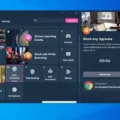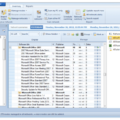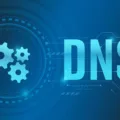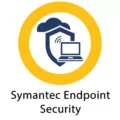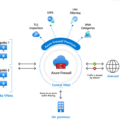When it comes to choosing the best monitoring and alerting tool for your organization’s IT infrastructure, many IT teams are faced with the difficult decision between Zabbix and Nagios. Both tools have their own pros and cons, so it is important to understand the differences between them in order to make an informed decision.
To start off, Zabbix is considered by many to be a more modern and feature-rich tool than Nagios. It provides an intuitive web-based user interface that allows administrators to quickly configure and manage alerts. Zabbix also has a wide range of features, such as the automatic discovery of new devices, distributed monitoring capabilities, detailed performance metrics, and much more. Additionally, Zabbix is highly scalable and can handle large environments with ease.
On the other hand, Nagios is an open-source tool that has been around for longer than Zabbix. It has a relatively simple user interface compared to its counterpart and does not offer all of the same features as Zabbix. While Nagios does have some advanced features such as service-level reporting, distributed monitoring capabilities are limited when compared to those offered by Zabbix. Furthermore, Nagios does not have automated device discovery or visual performance metrics capabilities which makes it more difficult for administrators to monitor complex environments effectively.
In terms of cost-effectiveness, both tools are fairly similar since they are both open-source solutions – meaning there are no licensing costs associated with either one. However, if you are looking for a commercial solution then Zabbix might be the better choice since they offer enterprise support options while Nagios does not.
Overall, both tools can provide IT teams with a powerful way of monitoring their environment but depending on your needs one may be better suited than the other. If you require advanced features such as automated device discovery or visual performance metrics then Zabbix might be the better option whereas if you just need basic monitoring then Nagios could be sufficient. Ultimately though it will come down to your individual requirements so make sure you do your research before deciding which one is right for you!
Comparing Nagios and Zabbix: Which Is Better?
When comparing Nagios vs Zabbix, it’s important to consider the different features and capabilities of each tool. Nagios is a popular open-source monitoring tool that provides basic system monitoring and alerting. It’s capable of monitoring performance metrics such as CPU usage, disk space, and memory usage. However, its alerting capabilities are limited and it is not as feature-rich or user-friendly as Zabbix.
Zabbix is a comprehensive open-source monitoring solution that offers more advanced features than Nagios. It provides a wide range of performance metrics and can be used to monitor servers, networks, applications, services, and cloud environments. Additionally, Zabbix offers powerful alerting capabilities including incident management, escalations, notifications, automation scripts, and user dashboards. Zabbix also offers built-in reporting capabilities that help make data analysis easier.
Overall, Zabbix is the better option when it comes to system monitoring due to its more advanced features and user-friendly interface. It also offers more scalability options for large enterprises or organizations with multiple systems to monitor.
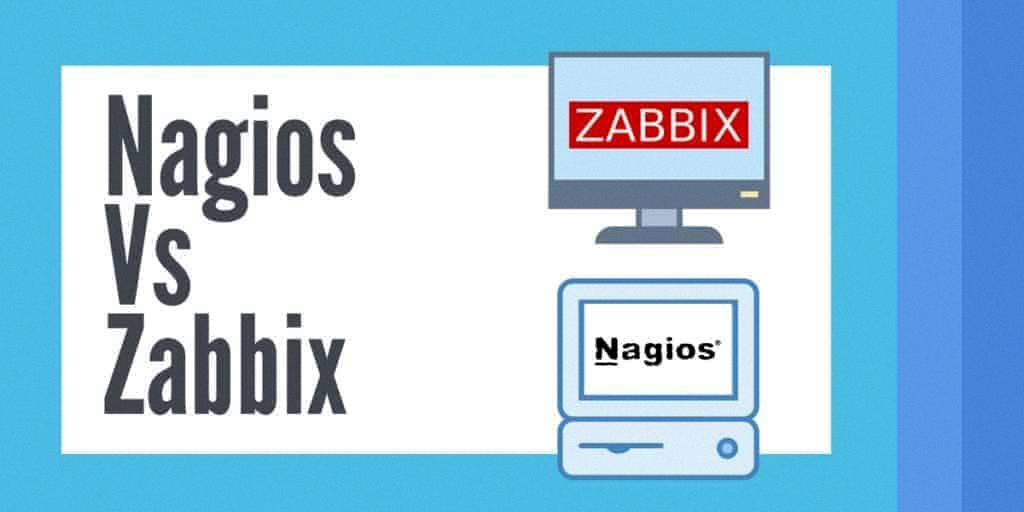
Source: comparitech.com
Do People Still Use Nagios?
Yes, people still use Nagios. It is one of the most popular open-source monitoring solutions available and is often used as a complement to commercial monitoring tools by IT teams. Its wide range of features, scalability, and cost-effectiveness make it a popular choice for many organizations. Additionally, its long history and support community make it an attractive option for those looking for reliable monitoring solutions.
Why Nagios Is The Best Monitoring Solution
Nagios is the best monitoring solution because it offers a powerful, flexible, and reliable platform for reliably monitoring your infrastructure. It has an intuitive web interface that allows you to quickly configure your host and service checks with ease. It can be used to monitor any type of network device, server, or application – including databases, web servers, mail servers, and more. With Nagios, you can be sure that your system will be monitored 24/7 and any issues will be reported in real-time. Additionally, Nagios features a robust notification system so that you can receive alerts when something goes wrong or when performance levels drop below acceptable thresholds. Plus, Nagios is highly scalable, allowing you to monitor thousands of hosts and services from one central location. All of these features make Nagios the best choice for monitoring your infrastructure.
Disadvantages of Using Zabbix
1. Limited scalability – Zabbix is not suitable for large, highly dynamic environments with frequent changes in the environment.
2. Lack of built-in redundancy – Zabbix does not have any built-in redundancy capabilities and therefore may be vulnerable to downtime in the event of a system failure or outage.
3. Lack of advanced alerting options – Zabbix does not offer advanced options for setting up specific alert rules or thresholds, so users must rely on manual configuration and response to any alerts they receive.
4. Difficult to customize – Zabbix has a limited set of customization options which makes it difficult to tailor the system according to specific needs or requirements.
5. Limited reporting capabilities – Zabbix does not provide powerful reporting capabilities, so users must manually create reports if they need a detailed view of their monitored environment.
Is Zabbix Free?
Yes, Zabbix is completely free! It is released under the GPL license and can be used for both commercial and non-commercial purposes without any limitation. There is no limit on the number of monitored devices either, so you can use Zabbix to monitor as many thousands of devices as you need absolutely free.
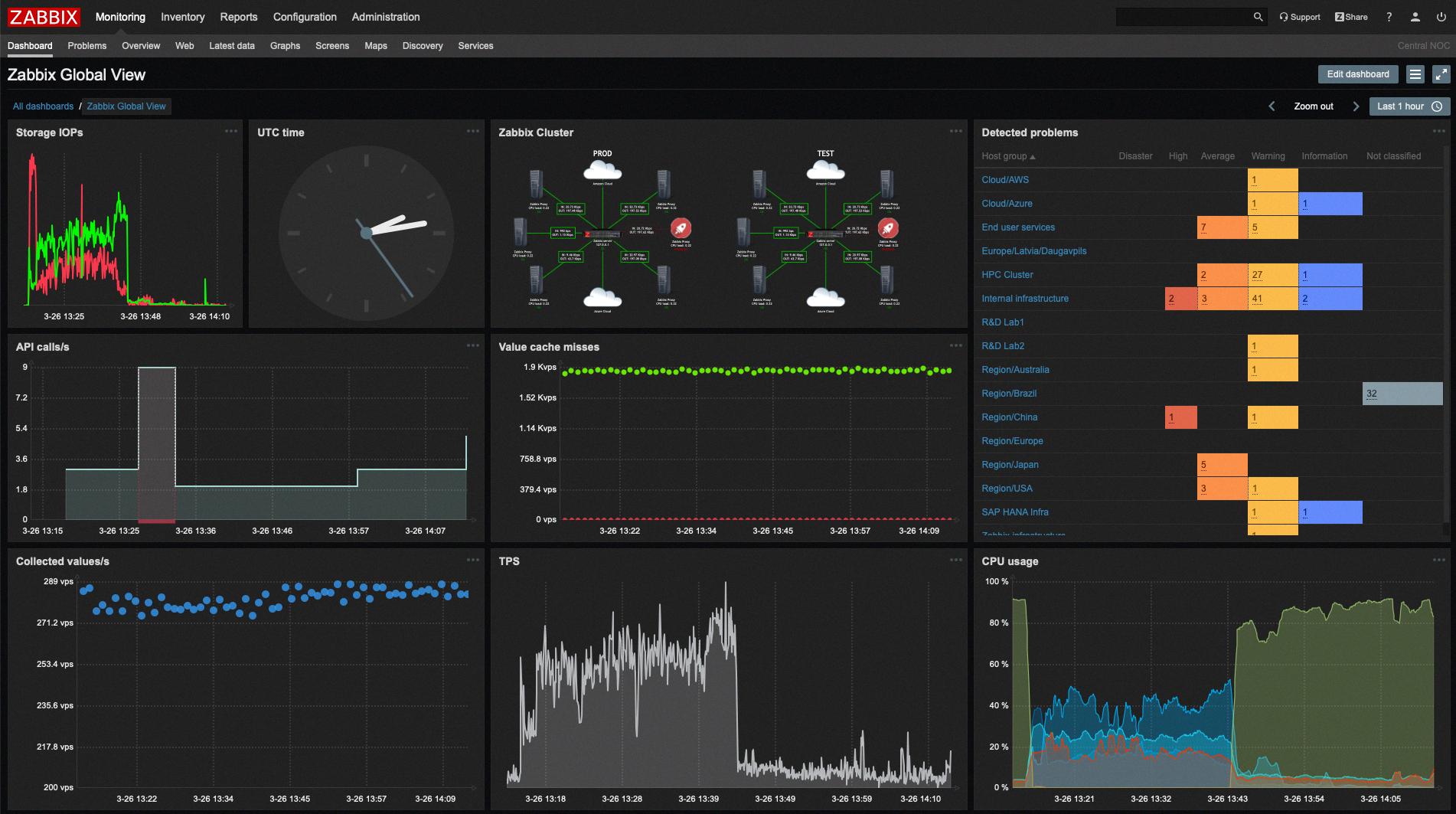
Source: logicalread.com
How Many Companies Utilize Zabbix?
According to available data, there are currently 22,090 companies that use Zabbix. These companies are located mainly in the United States and belong to the Information Technology and Services industry. The majority of these companies have between 50-200 employees and generate between 1M-10M dollars in revenue.
Reasons Why Not to Use Nagios
Nagios is not suitable for use in dynamic environments due to its static configuration and complex setup. Its lack of scalability makes it difficult to integrate into automated provisioning processes. Additionally, the static nature of Nagios requires manual updates to its configuration whenever changes are made, making it unsuitable for environments that require frequent or continual adjustments. Furthermore, Nagios does not provide detailed monitoring capabilities, making it difficult to react quickly to problems within a system. Finally, Nagios’ web interface is very basic and limited in functionality compared to more comprehensive monitoring solutions.
Is Nagios the Industry Standard for Monitoring Solutions?
Yes, Nagios is the industry standard for IT infrastructure monitoring. It is an open-source platform that offers powerful monitoring capabilities and customizable alerting options. Nagios Core is the foundation of the Nagios family of products and is used to monitor systems, applications, services, and network protocols. With Nagios Core, users can efficiently monitor system health and performance, ensuring uptime and availability for critical components. It enables them to detect problems before they become serious incidents that could cause downtime or disruption to their business operations. Additionally, it provides users with real-time visibility into their IT environment so they can quickly identify any issues or trends that need attention.
Conclusion
In conclusion, Zabbix and Nagios are both powerful monitoring tools that can help IT teams to keep track of their infrastructure. Zabbix is generally considered to be faster and more efficient than Nagios, and it also provides a wide range of features that are not available in Nagios. However, there are some advantages to using Nagios such as its open-source nature and the ability to configure it to automatically fix issues. Ultimately, the choice between Zabbix and Nagios comes down to individual preferences and needs.


